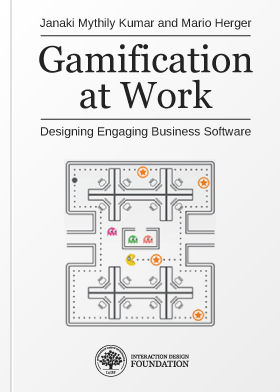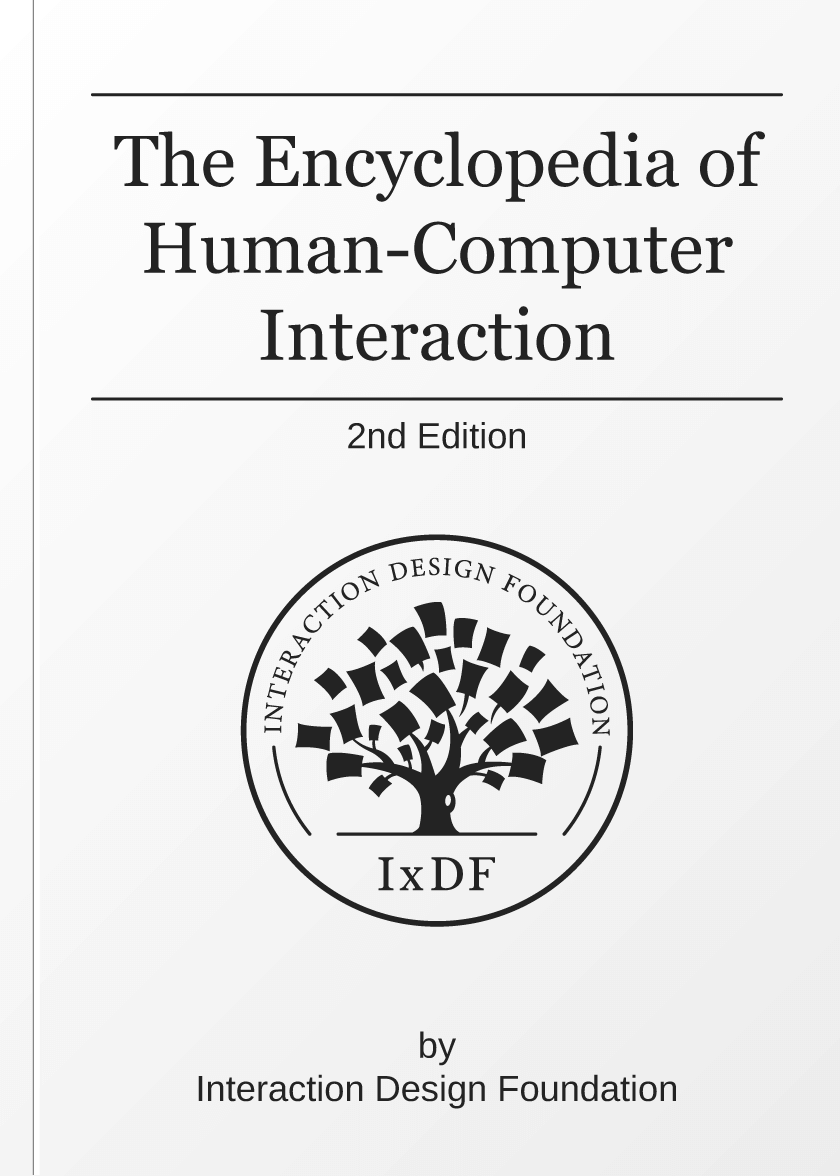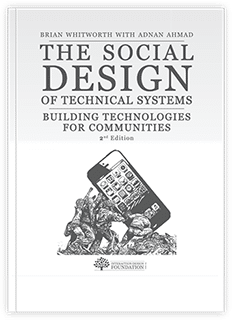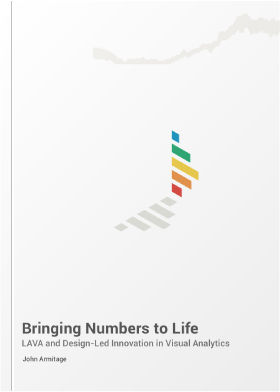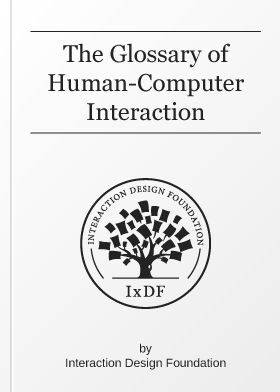I only have one big research question, but I attack it from a lot of
different angles. The question is representation. How do people make,
see and use things that carry meaning? The angles from which I attack
my question include various ways in which representations are applied
(including design processes, interacting with technology, computer
programming, visualisation), various methods by which I collect
research data (including controlled experiments, prototype
construction, ethnographic observation), and the theoretical
perspectives of various academic disciplines (including computer
science, cognitive psychology, engineering, architecture, music,
anthropology).
If you are based in Cambridge, you may like to attend the following
talks
on human-computer interaction.
This page lists a few large research themes and major projects illustrating them. Smaller projects, including contributions to research communities and research-related teaching, are described on my
publications page, and
other activities page.
Crucible: Research in Interdisciplinary Design
Crucible is the Cambridge network for research in interdisciplinary design, which I founded with David Good. The network encompasses very many projects, funding sources and collaborators. Crucible projects include practical design work (as commercial consultants or in academic contexts) that draws on multiple disciplinary perspectives. We also carry out a significant amount of design research - investigating the processes of design work, developing facilitation processes for design activity, informing public policy related to the design of public value from academic research, and creating new and experimental software tools for designers to use. Many of these projects draw on my core expertise in visual representation.
Software and Creativity
Many contemporary arts practitioners develop software, incorporate it into their work, or use software tools to extend their professional practice. This research theme involves collaboration with a wide range of artists, including many with international profiles, exploring the ways in which they use representations. We have created a wide range of new software tools and programming languages for composers, performers, choreographers, sculptors and others. Many of these projects are linked via the Crucible page.
Social Media and Activism
Internet technology research is crucially dependent on understanding the social dynamics of the ways in which it is used, and collaboration with social scientists is essential to provide intellectual rigor and new insights. These projects have investigated the design and deployment of new social media, both in the world at large (various professional and political contexts), and within the University itself. In all cases, the representation of social relations around and within technical systems has been critical to understanding and the development of new understanding among all stakeholders. Many of these projects are linked via the Crucible page.
Energy Monitoring and Usage
Electricity is invisible, so our awareness of environmental impacts arising from energy use is solely dependent on the quality of the visual representations provided of energy use. Ever since contributing to the design of the first generation of semi-smart domestic gas meters in 1991, I have taken an interest in the user interface of home energy controls and monitoring. Several of our projects are concerned with helping people understand and control the patterns of energy usage in their homes. Many of these projects are linked via the Crucible page.
PhD Students' Research
Michal Kosinski - psychological instruments for the assessment of business value in social networking technologies.
Mo Syed - design techniques for incorporating social factors in technology development.
Luke Church - social, cognitive, philosophical, artistic and technical perspectives on the manipulation of information.
Chris Nash - Supporting Virtuosity and Flow in Computer Music.
Cecily Morrison - Bodies-in-Space: investigating technology usage in co-present group interaction
(thesis). Now a Research Associate in the Cambridge Engineering Design Centre.
Lorisa Dubuc - Design research to assist conversation in dementia.
Darren Edge - Tangible user interfaces for peripheral interaction (thesis). Now at Microsoft Research Asia, Beijing.
Nick Collins - Autonomous Agents for Live Computer Music (co-supervised with Ian Cross) (thesis). Now a lecturer in Computer Music at the University of Sussex.
Martyn Dade-Robertson - the application of architectural design principles to the design of software navigation (co-supervised with Francois Penz and Maureen Thomas). Now a lecturer in Architecture and Communication at Newcastle University
Older projects (some sites no longer maintained)
AutoHAN: Control Interfaces for Home Automation
In Autohan we were trying to solve the basic problems of home control, where a multitude of devices must interact with each other and the residents in a sensible manner. One output was the tangible programming language "Media Cubes".
EUSES: End-Users Shaping Effective Software
The EUSES Consortium is an NSF-funded collaboration with researchers at Oregon State University, Carnegie Mellon University, Drexel University, Penn State University, and the University of Nebraska whose goal is to develop and investigate technologies for enabling End Users to Shape Effective Software.
Vital Signs: New Paradigms for Visual Interaction
EPSRC funded project, now complete, investigating notations, abstraction, representation and interaction in a metaphor-free theoretical framework.
Cognitive Dimensions of Notations
Long-term dissemination and archival of material related to the Cognitive Dimensions of Notations usability framework, including publishing and professional education projects.
Dasher
Collaboration with the Cavendish Laboratory
Inference Group
- Dasher is a data entry interface incorporating language modelling and driven by continuous two-dimensional gestures. More general implications are in how we can interact with adaptive "intelligent" interfaces.
Webkit: Intuitive Physical Interface to the Web
European-funded research project, now complete (and various partners disappeared) designing tangible user interfaces that can be used in
classrooms to access the web, control query engines, and stucture
discussion.
EUDNET: Network of Excellence in End-User Development
